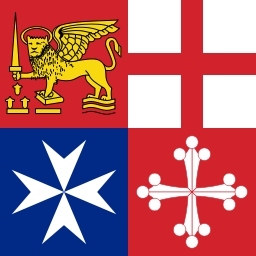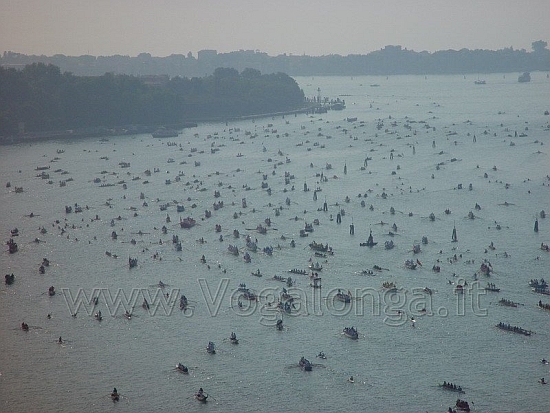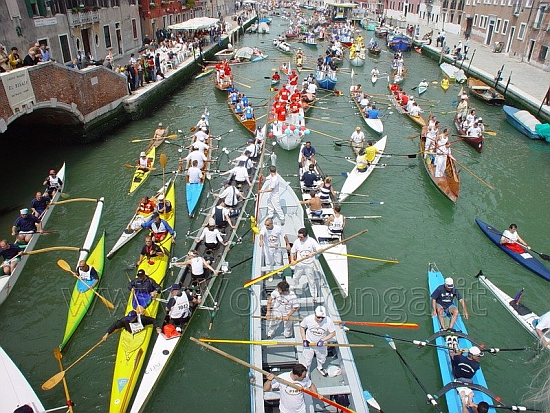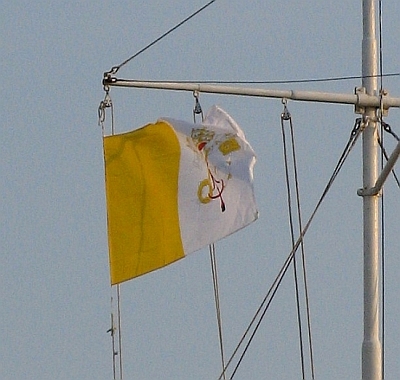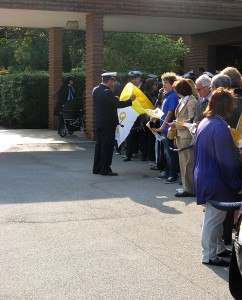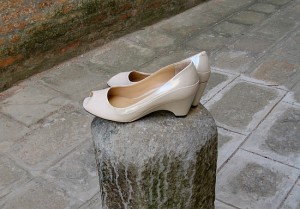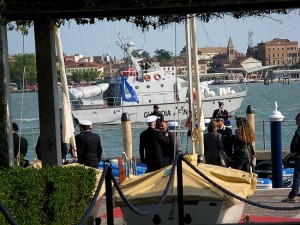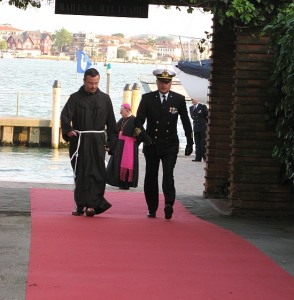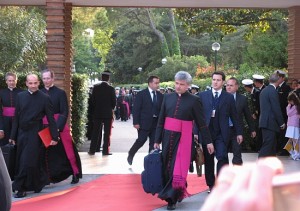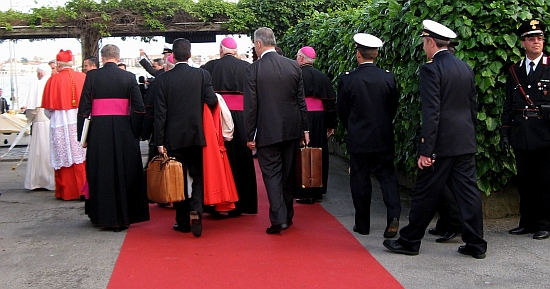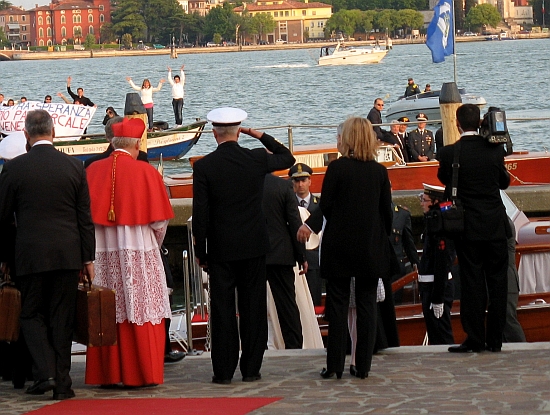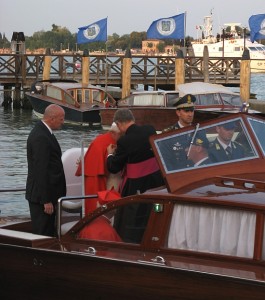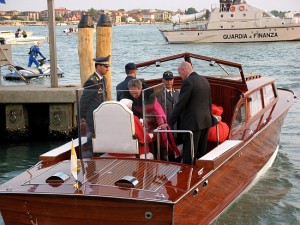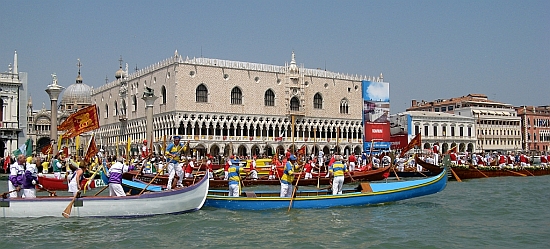Considering how well my personal Vogalonga went this year (along with my six boatmates), it’s taken me this much time to find anything to say about it other than that.
Also, I have no photographs whatsoever of us, for one reason which explains both these little paragraphs. We didn’t start in the Bacino of San Marco.
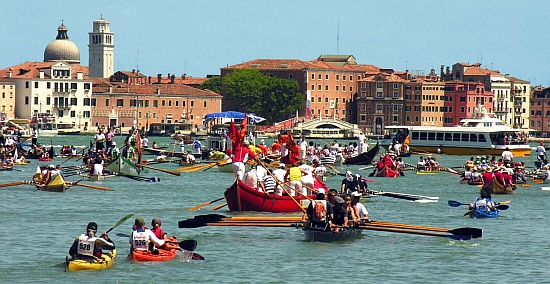
The tradition in any boat I’ve been in that includes Lino (all but one — the first year — of the 16 editions I’ve joined) is that we start in the Bacino of San Marco when the cannon fires and all the bells ring. It’s thrilling and I love this moment, which is all too brief because we then commence rowing, along with a mass of boats surrounding us like migrating krill.
This means that while we have the chance to savor the richness of the moment — boats, cannon, bells — the krill create many well-known problems along the way. Such as at what I think of as the “death corner,” the first turn at the point of Sant’ Elena, where any number of non-Venetian rowers suddenly discover some problem which they hadn’t planned on facing — such as a tricky current, or some boats around them also having problems, or, I don’t know, existential lack of nerve, like cragfast climbers. You can expect to see at least one capsized vessel here, and a batch of confusion from the mass of boats trying to avoid it.
Then there are the snaky curves along the flank of Sant’ Erasmo, also excellent territory for making miscalculations of available space, relative speeds, and wind direction and force.
Then, of course, there is the every-year-more-difficult (I meant to say “ghastly” but changed my mind) passage into and through the Cannaregio Canal, where inexperience, fatigue, and lack of common sense create packs of boats like Arctic ice.
This year we didn’t have any of that — I mean, ANY of that — for one surprising reason. We forgot our boat’s number, without which the boat can’t be checked at various points along the way and hence acknowledged as officially doing the course.
So when the cannon/bells/confusion began at 9:00 AM, we were back at the boat club behind Sant’ Elena digging the numbered bib out of Lino’s locker.
Which meant that we joined the scrum after the “death corner,” and — this was unexpected — in some way near the head of the herd. Please note that this does not mean we started early, as some unsporting people tend to do. We slipped into the traffic stream at 9:10, roughly the same time it would have been for us at that point even if we’d started in the usual place.
The result of all this being that not only did we cover the entire course in record time without even breaking a sweat (three hours — unheard of), we were able to do it in unearthly tranquillity. Yes, there were other boats, but noticeably fewer at that stage. We slithered along Sant’ Erasmo as if there wasn’t anybody else around, and we entered the Cannaregio Canal (over which I always see an invisible sign saying “Abandon all hope, ye who enter here”) as if it were a normal day, only better: The reasonable number of boats ahead of us were proceeding in a reasonable way at a reasonable speed and behaving, well, reasonably. I had never imagined I could see such a thing.
The only flaw in the ointment, as a friend of mine used to say, was that we were also ahead of the photographers. We missed the departure, which is always good for spectacular pictures, and we missed the mass return, ditto.
So unless some unknown photographer makes him- or herself known, I’m just going to have to keep my memories dusted and polished, because there isn’t anything else I have to show for this event.
It was so wonderful that I’m already trying to think of ways to convince the crew to leave before 9:00 next year. If all goes well, I’ll be able soon to report that we finished the course before the others had even started it.
Crazy? Unsporting? Simply wrong? Yes indeed. But now the rot has set in.

